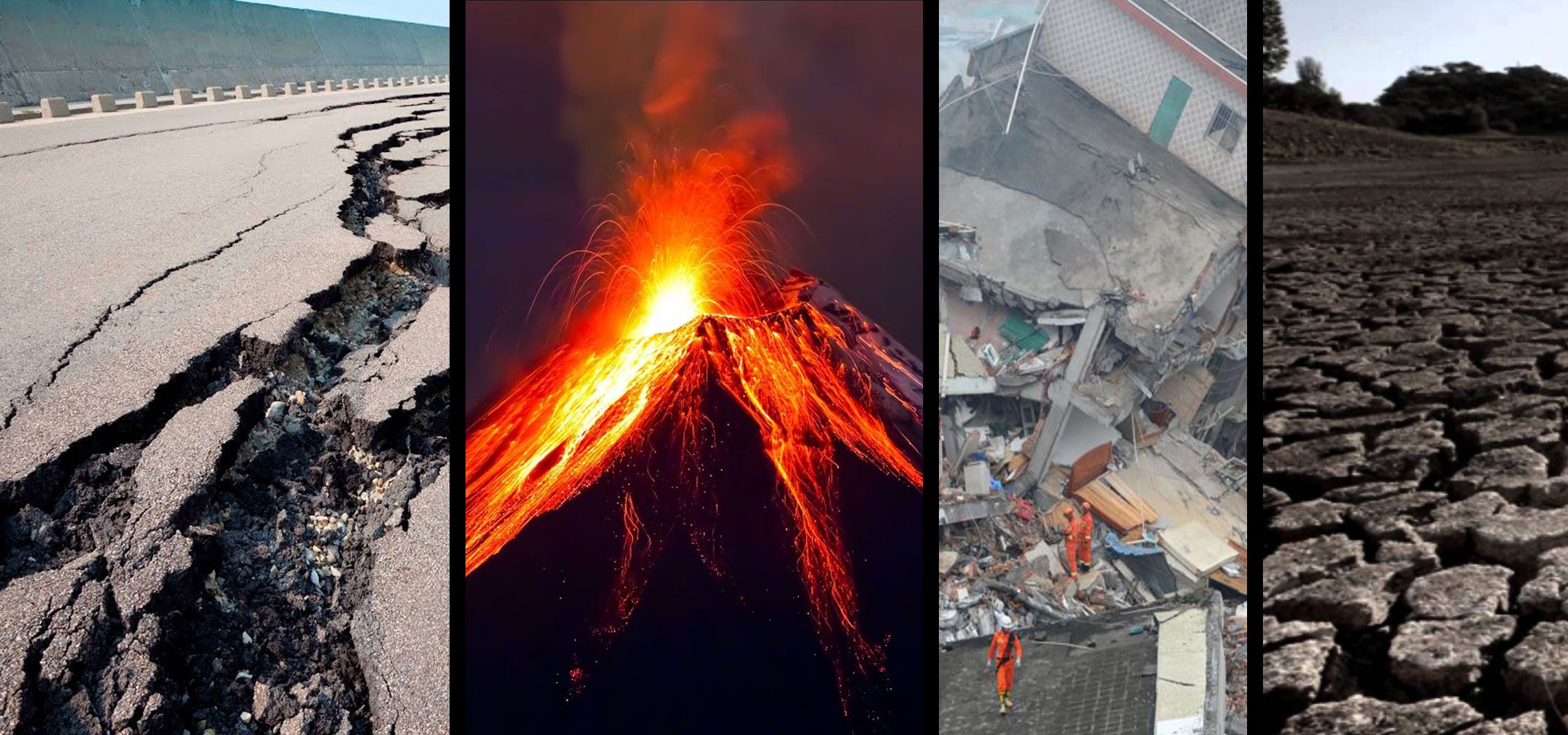
GEOLOGICAL
The National Disaster Management Organisation (NADMO) has the mandate to manage disasters and similar emergencies. This the organisation does with the help of experts of the technical committee drawn from stakeholder agencies and private individual.
Disasters and hazards in Ghana can be classified into the following groups.
- Pest and Insect Infestation
- Fires and Lightning
- Disease Epidemics
- Hydrometeorogical
- Man-made
- Geological Disasters
- Nuclear and Radiological
- Relief and Reconstruction
The Geological Disasters Department in NADMO addresses hazard types such as earthquakes, tsunamis, soil erosion, coastal erosion, expansive soils, mudslide and radon gas emissions in the country.
Most of these hazard types are natural but can be triggered through human activities. The department with the support of the Technical Committee on Geological Disasters advises the government on the prevention and mitigation of these disasters through workshops, trainings of stakeholders and sensitizing the public to strengthen their capacity in building a resilient environment.
The department also helps the districts to prepare its Disaster Management Plans as required under ACT 517. The department also facilitated the preparation and dissemination of Building Guide for Lightly Loaded Structures in disaster prone areas in Ghana to help mitigate disasters in Ghana.
The Nuclear and Radiological disasters department advises NADMO on mitigating nuclear and radiological emergencies in Ghana. This, the department does by sensitizing and training stakeholders effectively on radiation emergencies and where possible prevent their occurrence. The department facilitated the preparation and implementation of plans and procedures (which meet international standard) to manage nuclear and radiological emergencies in the country.
Educating stakeholders and the general public increases the nation’s capacity in building, planning and implementing disaster risk reduction activities.

